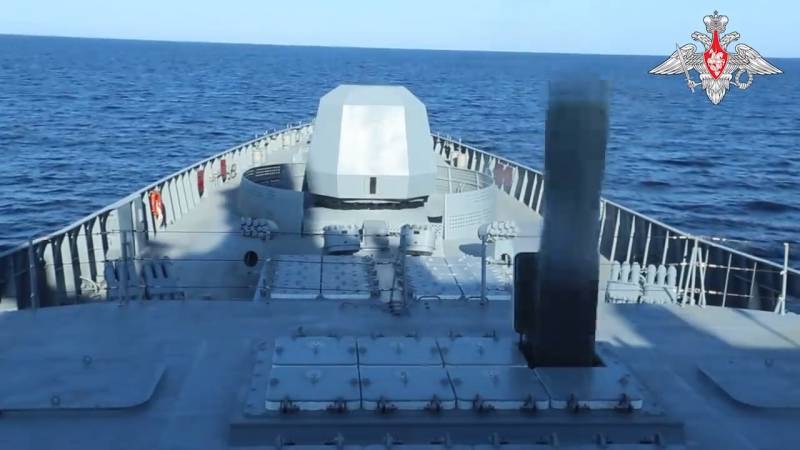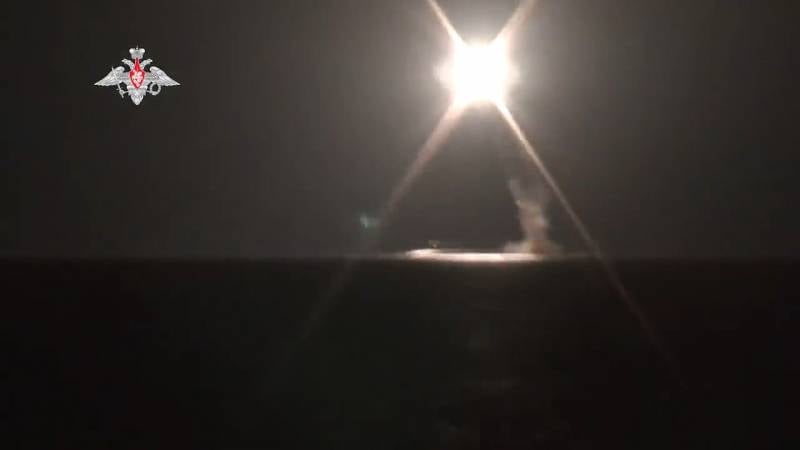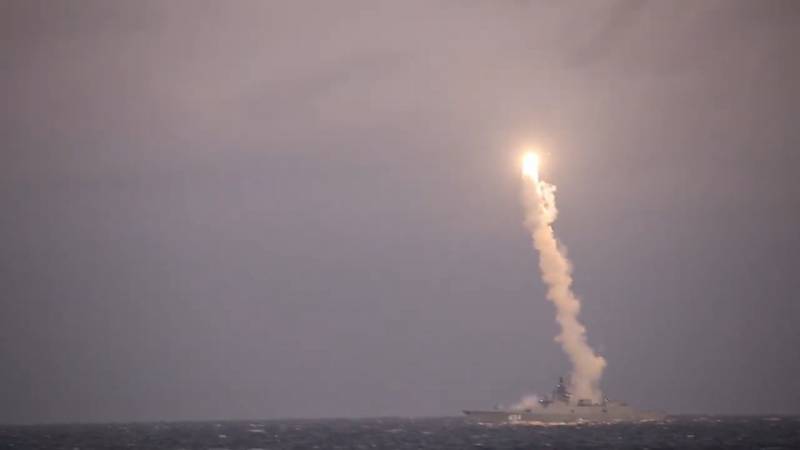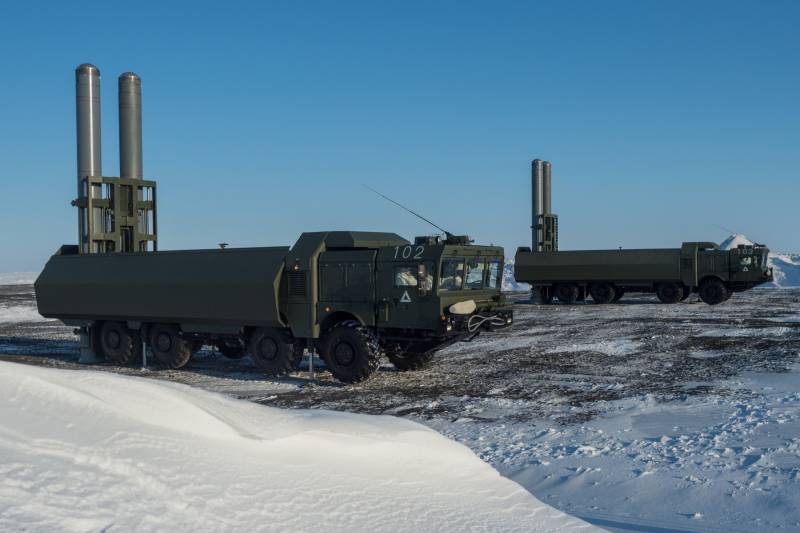Prospects and opportunities for anti-ship missiles "Snake"

Launch of an experimental rocket "Zircon" by a surface ship
A year ago, it became known that the Russian defense industry was developing a promising missile system with hypersonic munition "Zmeevik". Only the most general information was disclosed, and new information has not yet been received. However, such a project is still of great interest. In addition, judging by the known data, it can be expected that work on this complex will be completed in the near future, and in addition, new data will appear.
Big news
The first and, in fact, the only information about the project with the cipher "Snake" (probably referring to the mineral serpentinite) was published on July 12, 2022 by the TASS news agency. They were received from two unnamed sources close to the Ministry of Defense and the military-industrial complex. At the same time, the organization that can deal with the new project refrained from commenting.
According to TASS sources, the development of the Serpentine project began a long time ago. Its goal is to create an anti-ship complex armed with a ballistic missile with hypersonic combat equipment. Such anti-ship missiles can enter service with missile units of the coastal troops of the Navy. Whether surface ships or submarines will be able to receive it is not specified.
The performance characteristics of the complex, even approximate ones, are not named. However, the sources mentioned that in terms of its parameters, the Russian “Zmeevik” will be similar to similar Chinese systems DF-21D and DF-26, for which a flight range of up to 4 thousand km is declared. The warhead will be able to hit large surface targets, up to aircraft carriers.

Sources did not name the organization that developed the new project. At the same time, the TASS agency tried to get a comment about the project from the Reutov NPO Mashinostroeniya (part of the Tactical Missiles Corporation), which plays a key role in the Russian hypersonic program. The company declined to comment.
The only source of
News about the development of a promising missile system with hypersonic equipment and special characteristics naturally attracted the attention of the public and specialists. Attempts have been made to analyze, as well as assumptions and forecasts. It is possible that some of the versions expressed then were close to the truth, but, for obvious reasons, it was not possible to find out about this.
It is curious that last year's note from TASS remained the only source of information about the Serpentine project. In the future, new messages about this project, official or from anonymous sources, have not been received. Apparently, this is due to the general secrecy of work and other aspects of the creation of advanced weapons. Accordingly, new information should appear only after the project reaches the appropriate stage.

It should be noted that a whole year has already passed since the first mention of the Serpentine. During this time, a promising project could seriously move forward - especially considering that TASS sources mentioned its long-standing start. Judging by the pace of development of modern domestic hypersonic weapons, work on the Serpentine is in an active stage. Already in the foreseeable future, the project will show the first serious successes that can be shared with the public.
According to known data
Little is known about the Serpentine project, but the available data allow us to paint a rough picture. In addition, one can imagine what advantages such a missile system will have and why it is of interest to our Navy.
It is reported that the basis of the Zmeevik complex will be a ballistic missile with hypersonic combat equipment. At the same time, the architecture of such a missile, the flight profile, as well as the method for obtaining and using hypersonic flight speed are unknown. Its tactical and technical characteristics and the combat potential of the complex as a whole depend on such features of the product. However, all possible architectures and variants of such a complex have their advantages and allow you to effectively deal with surface targets.
It could be a "conventional" medium-range or shorter-range ballistic missile. With the usual trajectory for such equipment, the warhead develops hypersonic speed in the descending section. The warhead can be controlled and have the ability to actively maneuver. In this case, the rocket will become quasi-ballistic and will receive additional capabilities.

Coastal missile system "Bastion" with the missile "Onyx"
As far as is known, the Chinese projects of the Dongfeng series, which TASS sources recalled, use precisely such principles and flight profiles. At the same time, high range characteristics were achieved and the accuracy corresponding to the tasks set was declared. The warheads of such missiles are capable of hitting even moving surface targets from the upper hemisphere.
A missile system of this kind needs a guided or gliding warhead. Russian industry has the technology and know-how to create such a product, and samples of this class are already being put into service. It can be assumed that borrowing a finished block in other projects is impossible or impractical, and the Serpentine will receive its own combat load.
Regardless of the exact technical characteristics of the flight profile, hypersonic equipment will be distinguished by high combat qualities. So, it will reduce the time of attack and hitting the target, incl. at maximum range. In addition, the kinetic energy of the warhead with a speed of more than 5 M is sufficient to cause serious damage to the target. A warhead in the size of a modern Russian anti-ship missile is capable of damaging and incapacitating even a large ship, up to an aircraft carrier. At the same time, it can carry a warhead that enhances the effect on the target.
Accommodation questions
It is mentioned that "Zmeevik" can be a coastal missile system. This option for placing a new anti-ship missile is of great interest. Thanks to him, a defense system with special combat characteristics will appear at the disposal of the coastal troops of the Navy. In key parameters, the Zmeevik surpasses modern coastal complexes, including the most advanced Bastion with the Onyx missile. The presence of several different missile defense systems and missiles will make it possible to create a more effective layered defense system capable of holding the enemy at a great distance from the coast.

The combat unit of the Avangard complex is possibly an analogue of the future Serpentine
It is noteworthy that TASS sources did not mention the possibility of deploying the new anti-ship missiles on other platforms, but did not reject it either. This may indicate the fundamental possibility of deploying the missile on surface ships or even submarines. However, the development of such a missile system may not be feasible - the surface forces already have the Zircon hypersonic missile, and the submarine fleet will receive it in the near future.
However, it cannot be ruled out that in the end the Serpentine will be placed on the platforms of all major classes. In this case, both coastal troops and pennants will receive echeloned strike capabilities. fleet. This will significantly improve the combat potential of the Navy as a whole and create a serious reserve for the distant future.
Secret prospects
For a long time, Russian scientific and design organizations have been dealing with hypersonic topics. Several models of weapons of this kind have already been developed, and they are entering the troops. Obviously, work continues, and new projects are being created that will allow for rearmament in the distant future.
Among the promising developments, there may be the Zmeevik project, which was mentioned only once last year. Very little is known about it yet, but the available information shows that such a complex is important and necessary for our fleet. And the value of such weapons fully justifies the current secrecy.
Information